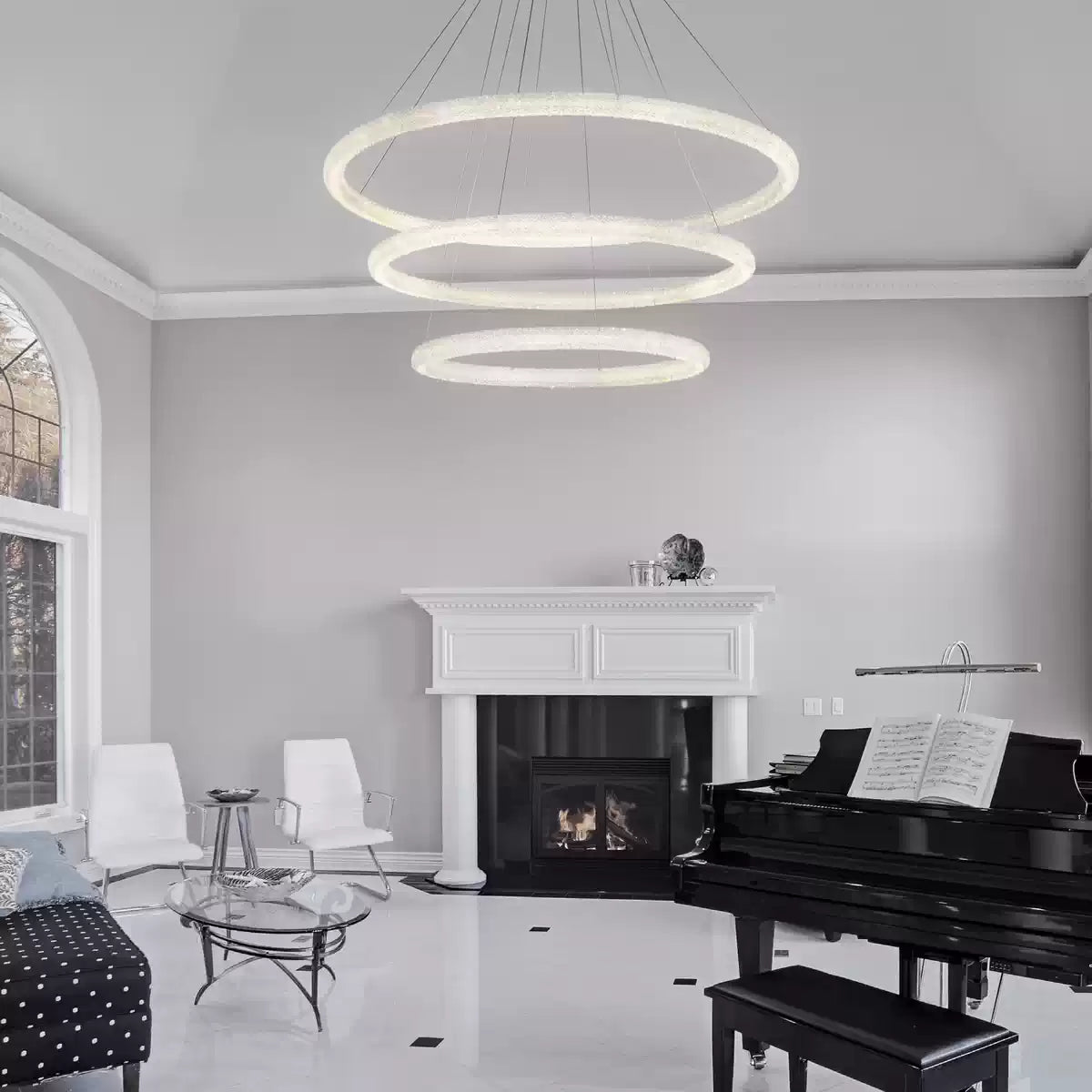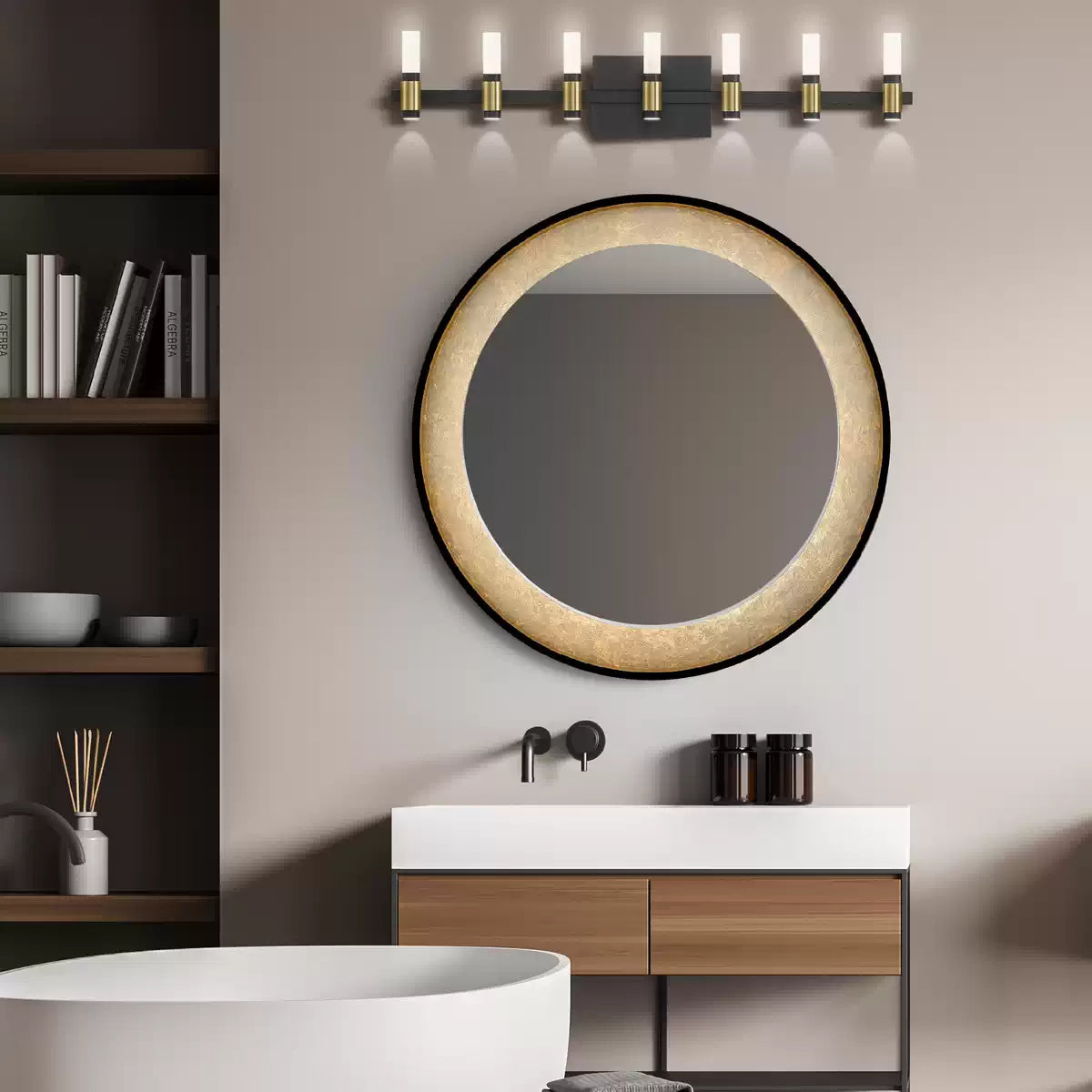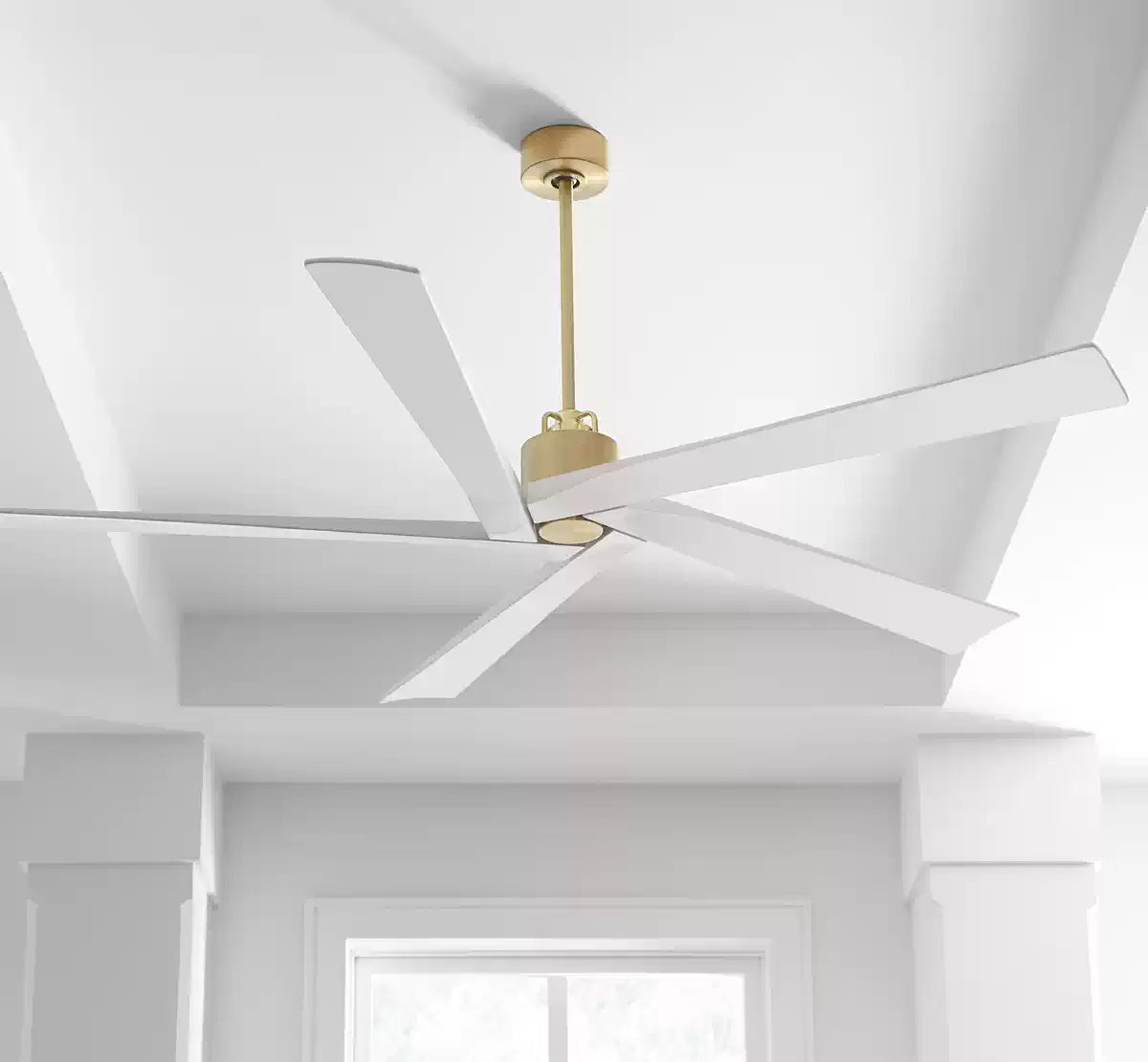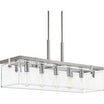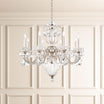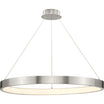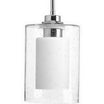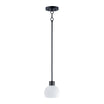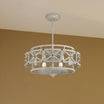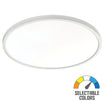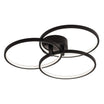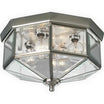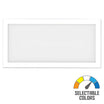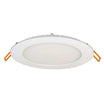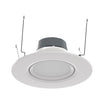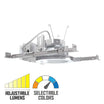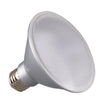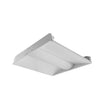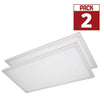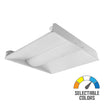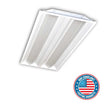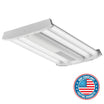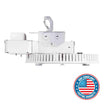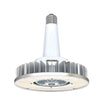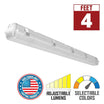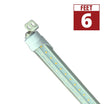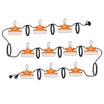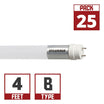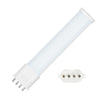Bathroom fans are an essential component of maintaining an enjoyable and healthy environment in your bathroom. These handy devices help eliminate moisture, odors, and other air pollutants that often accumulate in this space. But how do you choose the perfect bathroom fan that suits all your needs? This comprehensive guide will provide detailed insights on how to make the best choice.
Why Do You Need a Bathroom Fan?
Bathroom fans play a vital role in ensuring optimal air quality and comfort in your bathroom. They help in the extraction of excess moisture, which if left unchecked, can lead to the growth of mold and mildew, damage to building materials, and potential health hazards.
The ventilation process also helps to dilute and remove odors, improving the overall freshness of your bathroom. In many regions, building codes necessitate the installation of a bathroom fan, especially in bathrooms without operable windows for natural ventilation.
Understanding the Types of Bathroom Fans
Bathroom fans come in diverse types, each designed to cater to different installation requirements and preferences. Here are some of the most common types:
- Ceiling Mounted Fans: These are the most prevalent type of bathroom fans, typically installed in the ceiling and connected to an exhaust duct leading to the outside.
- Wall Mounted Fans: These fans are mounted on the wall and vent directly to the outside. They are particularly useful when a ceiling installation isn't practical.
- Inline Fans: Installed in a remote location such as the attic, these fans connect to ductwork and can provide ventilation for multiple rooms.
- Decorative Fans: These fans are designed to blend with the room's aesthetics and often resemble decorative light fixtures.
Sizing Your Bathroom Fan: The Importance of CFM Rating
CFM, or cubic feet per minute, is a measure of the volume of air the fan can displace in one minute. This rating is crucial in determining the effectiveness of your bathroom fan. The ideal CFM rating largely depends on the size of your bathroom—the larger the bathroom, the higher the CFM rating required.
Here's a general rule of thumb:
- For bathrooms up to 50 square feet, aim for a 50 CFM fan.
- For bathrooms between 50 and 100 square feet, approximately 1 CFM per square foot is ideal.
- For larger bathrooms exceeding 100 square feet, you should consider the CFM requirements for individual fixtures. It's recommended to plan for 50 CFM for each toilet, tub, and shower, and add an additional 100 CFM for a jetted tub.
Remember, these are just guidelines. You might want to size up a bit to ensure optimal ventilation.
Considering Noise Levels
The noise level of a bathroom fan is measured in sones, a scale that represents perceptible loudness. A fan with a rating between 0.5 to 1.2 sones is exceptionally quiet, while a rating of 1.5 to 2.0 sones is considered very good. Fans with a rating above 4.0 sones may be relatively noisy. Therefore, depending on your noise tolerance and preference, choose a fan with an appropriate sone rating.
Extra Features to Consider
Modern bathroom fans come equipped with a plethora of additional features designed to enhance functionality and user convenience. Here are some extras you might want to consider:
- Motion Sensor Activation: The fan turns on when someone enters the bathroom.
- Overhead Lighting: Some fans come with built-in lights that can be activated via a switch or motion sensor.
- Night Light: This feature uses a low-wattage bulb to provide soft illumination during the night.
- Humidity Sensing: These fans automatically switch on when they detect high humidity levels in the room.
- Built-in Heaters: Fans with built-in infrared heat lamps can provide instant warmth, particularly useful during cold weather.
- Bluetooth-Enabled Fans: These fans come with built-in wireless speakers, allowing you to play music from your phone.
Going Green: Energy Efficiency
Bathroom fans that meet EnergyStar criteria for efficient operation are a great choice if you're environmentally conscious. They use about 60% less energy than standard fans, making them more cost-effective in the long run. Some models even come with DC motors that are quieter and more energy-efficient than their AC counterparts.
Proper Ventilation: The Key to Longevity
Regardless of the type or size of fan you choose, it's crucial to ensure proper ventilation. Ideally, the fan should vent to the outside through ductwork or sidewalls. Venting to an unheated attic or between ceiling joists can lead to condensation and mold growth, damaging your home's structure over time.
Choosing the right bathroom fan boils down to considering your bathroom's size, noise level preferences, desired extra features, and adherence to energy efficiency standards. Remember, a well-ventilated bathroom not only ensures a pleasant environment but also promotes the longevity of your bathroom fixtures and your home's overall structural integrity. So, make an informed choice and enjoy the benefits of a well-ventilated bathroom.


